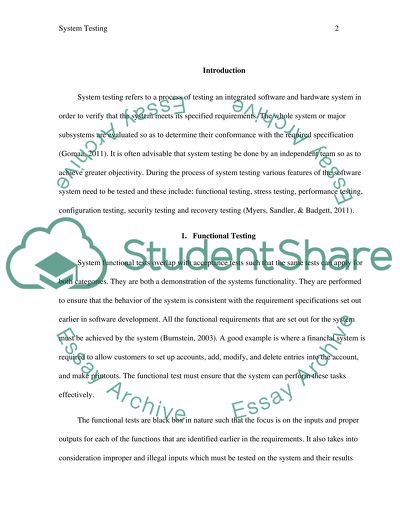Cite this document
(“IT - System Testing Research Paper Example | Topics and Well Written Essays - 1500 words”, n.d.)
IT - System Testing Research Paper Example | Topics and Well Written Essays - 1500 words. Retrieved from https://studentshare.org/information-technology/1439766-system-test
IT - System Testing Research Paper Example | Topics and Well Written Essays - 1500 words. Retrieved from https://studentshare.org/information-technology/1439766-system-test
(IT - System Testing Research Paper Example | Topics and Well Written Essays - 1500 Words)
IT - System Testing Research Paper Example | Topics and Well Written Essays - 1500 Words. https://studentshare.org/information-technology/1439766-system-test.
IT - System Testing Research Paper Example | Topics and Well Written Essays - 1500 Words. https://studentshare.org/information-technology/1439766-system-test.
“IT - System Testing Research Paper Example | Topics and Well Written Essays - 1500 Words”, n.d. https://studentshare.org/information-technology/1439766-system-test.


